Antoine Roex, Stalks
In the digital age, data-driven micro-certifications are emerging as powerful levers for recognizing specific, up-to-date skills. These short, flexible formats offer professionals the opportunity to remain competitive in a constantly evolving market, while reassuring employers with precise, measurable assessment criteria.
A new, agile approach to learning
Long dominated by traditional diplomas, the skills validation system is evolving towards more agile formats. Micro-certifications respond to a need for flexibility and adaptability by offering short, targeted modules, designed to be rapidly implemented in a professional context. They are particularly well-suited to individuals undergoing retraining, freelancers and employees seeking to evolve, who cannot afford to interrupt their career for a long training course. By focusing on concrete, immediately applicable content, they effectively bridge the gap between skills acquired and those required by the market. Their digitized format, often accessible remotely, encourages widespread adoption, while enabling the course to be customized according to the learner’s objectives and level.
When data becomes the driving force behind certification
The integration of data is profoundly transforming the way skills are assessed and certified. Rather than relying solely on theoretical exams, data-driven micro-certifications are based on the analysis of learners’ actual performance. Thanks to intelligent dashboards, trainers can monitor progress in real time and adjust content according to identified gaps or strengths. This precise monitoring goes beyond the simple validation of knowledge: it measures the acquisition of concrete, contextualized know-how that is directly useful in the field. The data-driven approach also guarantees better traceability of skills, and can feed automatic recognition systems into HR databases, facilitating matching between candidates and job offers.
Concrete impact on careers and HR strategies
From the individual’s point of view, micro-certifications represent a strategic way of building sustainable employability. They make it possible to position oneself in professional niches or rare, often sought-after skills, without having to start from scratch. This dynamic is in line with the growing need for continuous training, at a time when the average lifespan of a technical skill is now estimated at less than five years. As far as companies are concerned, these agile certifications meet a twofold challenge: retaining talent by supporting their development, and recruiting more effectively thanks to reliable skills indicators. They are gradually being integrated into HR policies as tools for internal mobility, targeted training and reduced recruitment costs. For training departments, this also means a transition to more adaptable formats, better integrated with operational cycles.
Towards standardization and global recognition
The development of micro-certifications now raises questions about their international recognition and interoperability. To guarantee their long-term impact, educational institutions, companies and standards bodies are working to establish common reference systems. The growing use of technologies such as blockchain to record and authenticate these certifications reinforces their legitimacy and portability. This movement is part of a structural transformation of learning: modular, skills-based, user-centered. We are already seeing the emergence of digital skills portfolios where micro-certifications coexist with traditional diplomas, enabling individuals to demonstrate their expertise on LinkedIn-type platforms or via HR AI tools. In the future, these devices are likely to establish themselves as unavoidable standards in talent management.
Conclusion
Data-driven micro-certifications are a concrete response to the rapid changes taking place in the world of work. By focusing on the personalization, flexibility and precision of assessments, they encourage continuous skills upgrading, adapted to today’s economic challenges. For professionals and companies alike, they represent a major lever for change. The challenge over the next few years will be to structure and harmonize these systems on a large scale, while preserving their flexibility and human dimension.
References :



